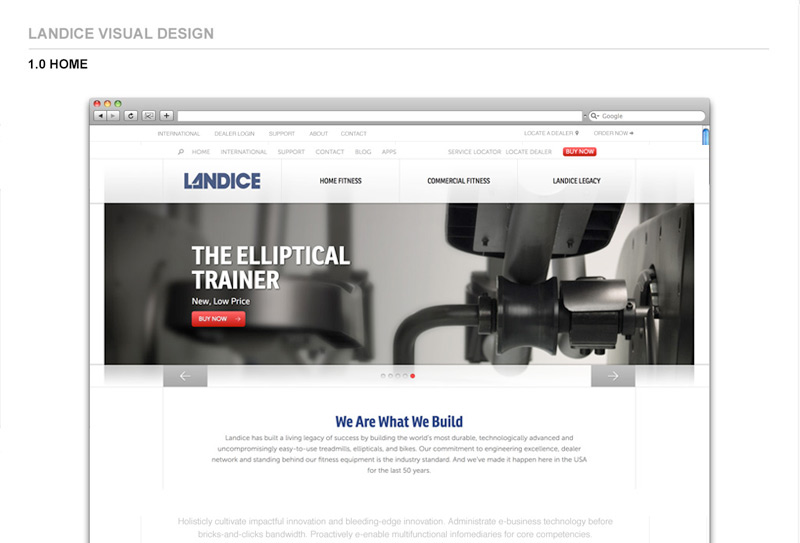Growth Driven Design
Traditional Web Design Methodology is BrokenDesigning for Your Customer
Transforming your current website into an inbound marketing ready site requires some technical know-how and more importantly, a firm commitment to the inbound methodology. The goal is simply to create an experience for your visitor or prospect that is designed with their needs first – to remove as much friction as possible between site exploration and the purchasing process.
We undergo this transformation in four stages so that our team is able to deliver an aesthetically pleasing, but also highly intuitive customer journey that helps you convert more leads into customers.
These four stages are below as follows:




Defining Your Target
Discovery
In this step, we map out the journey of your prospective customer to provide them the optimal experience whether they’re looking for information or their purchase intent is high. Typically, we will use personas to map out the different types of visitors (target audiences) that your site may have.
Architecture
Analysis
Devising the right strategy in collaboration with you, the client and with your end user is the goal here. We look at as much data as possible from your existing site to understand the needs of your users. We will also review your top competitors’ sites and discuss their approaches to similar challenges.
Wireframes & Design
Execution
This is where it all comes together in interactive form. Wireframes are developed that will allow you to step through the experience before the site is constructed. Our experienced art directors and copywriters will ensure that the site is on message and delivered in a visual and verbal tone with which your customers are already familiar, the essence of your brand.
Feedback, Iterate
Learn & Refine
Once your site has been re-launched, we don’t disappear. In fact, the way to achieve rapid growth is to observe and learn from the initial version and then enhance it based on traffic data and user feedback. Then, the cycle begins again, implementing additional features that were not part of the original launch strategy.



